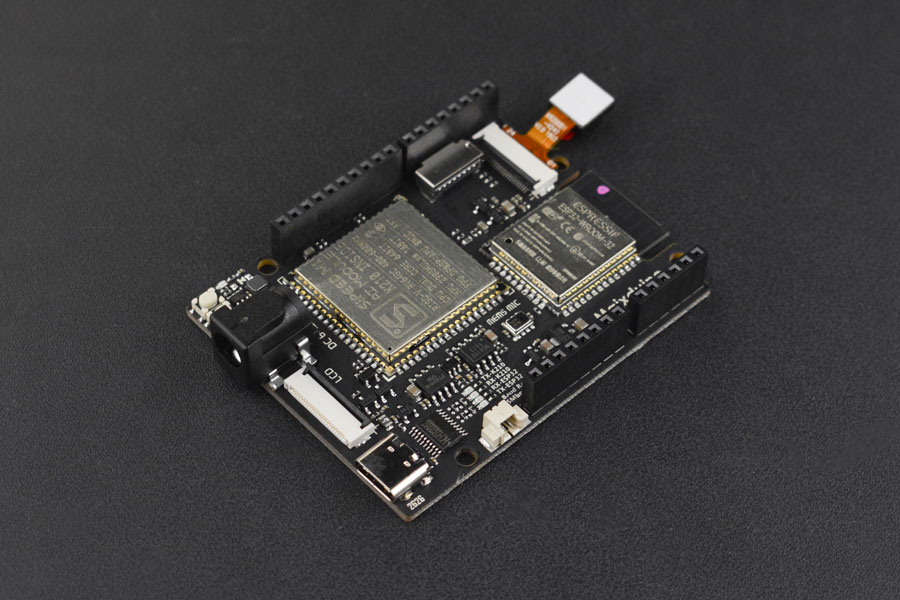
Based on Kendryte K210 RISC-V AI processor, Maixduiono AI development board comes with MI AI module and ESP32 module for WiFi and Bluetooth connectivity in Arduino UNO form factor.
K210 comes with dual-core processor chip with independent FPU, 64 bits CPU bit width, 8 MB on-chip SRAM, 400 adjustable nominal frequency, and double-precision FPU supporting multiplication, division, and square root operation. Besides, Maixduino AI Development Board is equipped with neural network hardware accelerator KPU, voice processing unit (APU), programmable IO array (FPIOA/IOMUX) and Fast Fourier Transform Accelerator. In the AI processing, K210 can perform operations such as convolution, batch normalization, activation, and pooling. At the same time, the pre-processing of voice direction scanning and voice data output can also be performed.
The on-board wireless module of the product is the ESP32-WROOM-32 with dual-core ESP32 Xtensa LX6 processor, supporting 2.4GHz 802.11.b/g/n WiFi 4 and Bluetooth 4.2 LE connectivity. Besides, it has DVP camera connector, LCD display connector, built-in MEMS microphone, TM8211 I2S audio DAC, 3W power amplifier, USB 2.0 Device type C port for powering and programming via dual-channel CH522 chip to support for both K210 and ESP32, Arduino UNO compatible headers with digital I/Os / PWM, I2C, UART, and 6 analog inputs.
Application: smart home(Robotic vacuum cleaner and Smart speaker), medical device, industry 4.0, agriculture and education.
Maixduino Development Board and OV2640 Camera are included in the package.
Note: The shape and pins are compatible with Arduino UNO R3 but the voltage level is not compatible, which requires great attention, otherwise the board can be damaged. Maixduino supports 3.3V and 1.8V levels, and the pins are divided into several BANKs, each BANK can be set to a voltage of 1.8V or 3.3V by software, However, these pins are not 5V tolerated. Therefore, when using the peripheral device of Arduino, be careful not to short the 5V to the pin or RST (1.8V) pin.
Features
- CPU: RISC-V Dual Core 64bit, built-in FPU, 400MHz standard frequency (overclockable)
- Built-in neural network processor
- OV2640 Camera: 200W pixel 24P camera
- Connector: compatible with Arduino interface, TF card slot, speaker port
- Wireless: support 2.4G 802.11.b/g/n and Bluetooth 4.2
- Audio: MEMS microphone, 3W speaker output
- 8 Bit (256 levels) adjustable color, 5Bit (32 levels) brightness adjustment
- DVP Camera Interface: 24P 0.5mm FPC connector, support 0V2640, 5640, 0V7740, etc.
- LCD Interface: 24P 0.5mm FPC connector; support 8bit MCU LCD
- ESP32 Module: support 2.4G 802.11.b/g/n
- 802.11 n (2.4 GHz) speed reaches 150 Mbps
- Bluetooth v4.2 full specification, including traditional Bluetooth (BR / EDR) and Bluetooth Low Energy (BLE)
- Development Environment: support for Arduino IED, MaixPy IDE, OpenMV IDE
Specification
- Dimension: 68x54mm/2.68 x2.13”
- Power Input: USB Type-C (6~12V)
- Temperature Rise: <20K
- Operating Temperature: -30~85ºC
- MCU: ESP8285
- Wireless Standard: 802.11 b/g/n
- Frequency Range: 2400Mhz~2483.5Mhz
- Transmit Power: 802.11.b:+15dBm
- 802.11.g:+10dBm(54Mbps)
- 802.11.n:+10dBm(65Mbps)
- Wireless Connector: IPEX 3.03.0mm
- WiFi Mode: Station/SoftAP/SoftAP+Station
The Maixduino AI Development Board (OV2640) developemt board is on sale for 20.90 USD on www.dfrobot.com






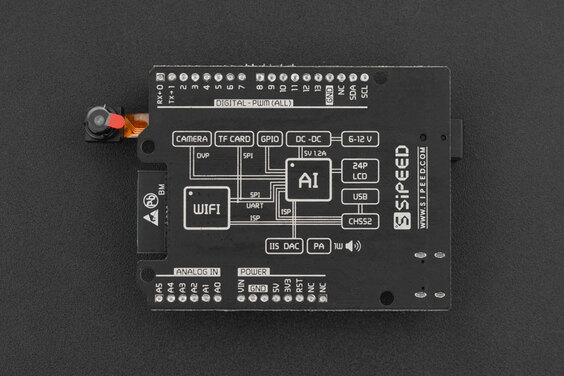
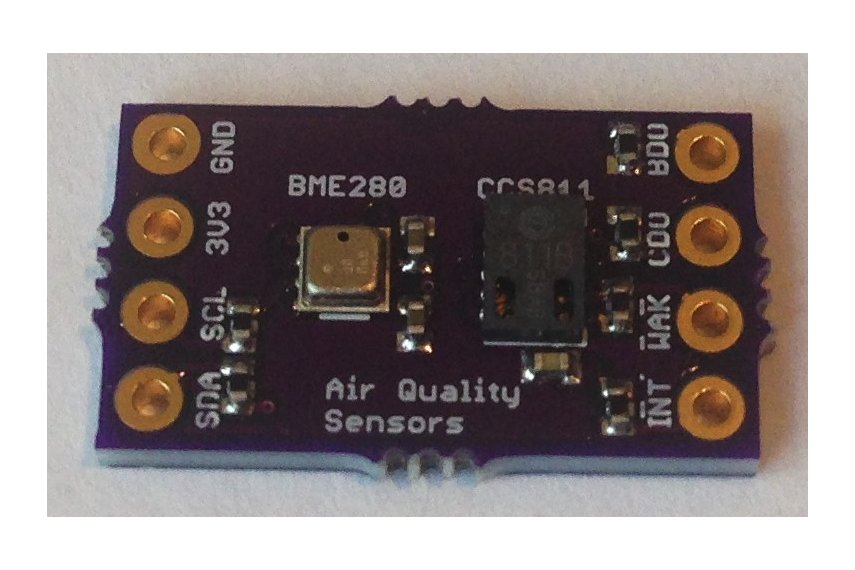
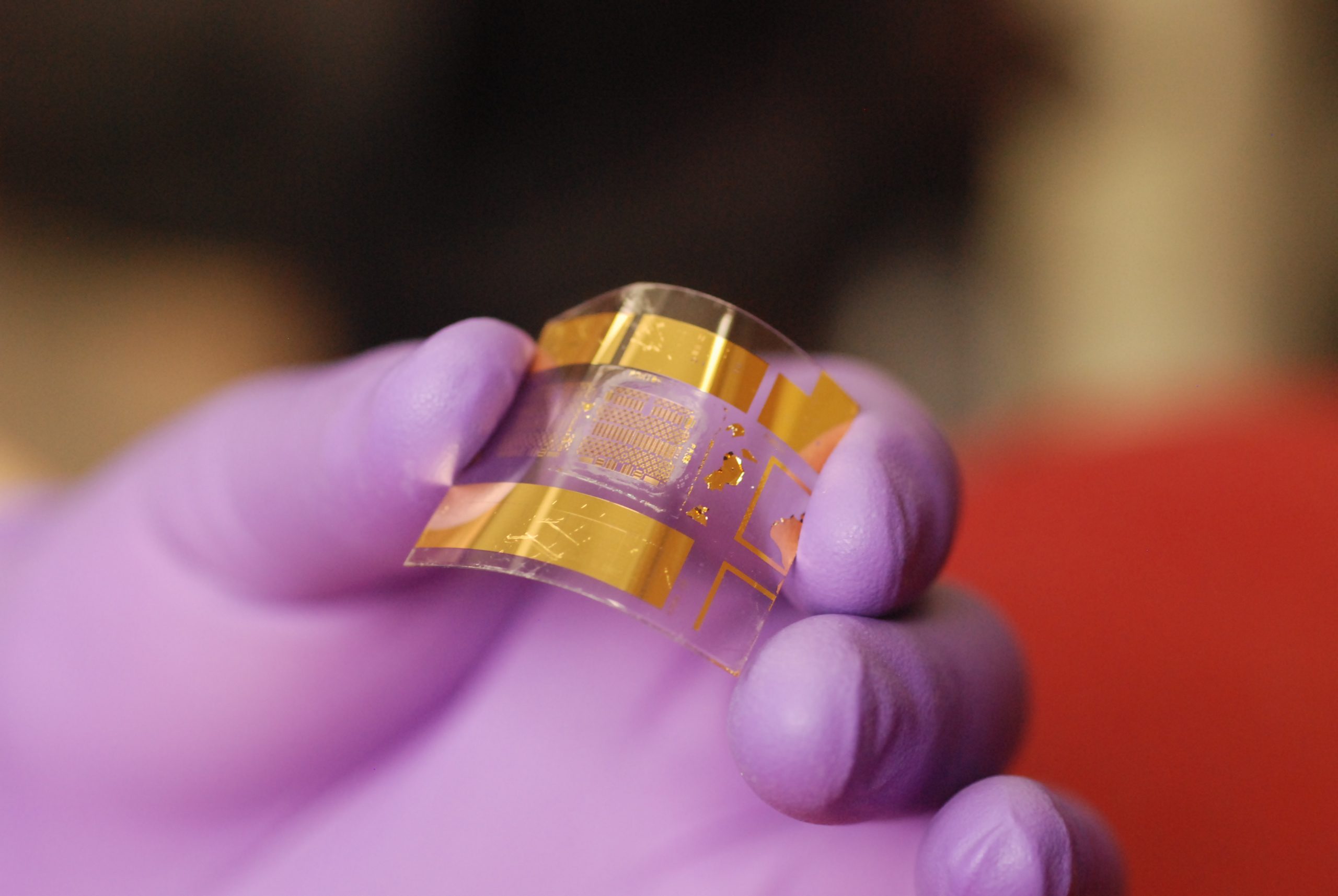

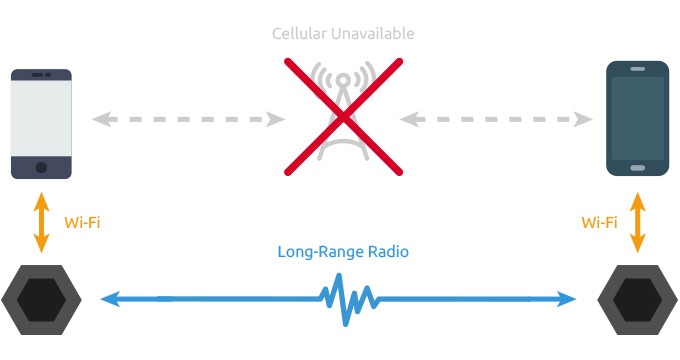

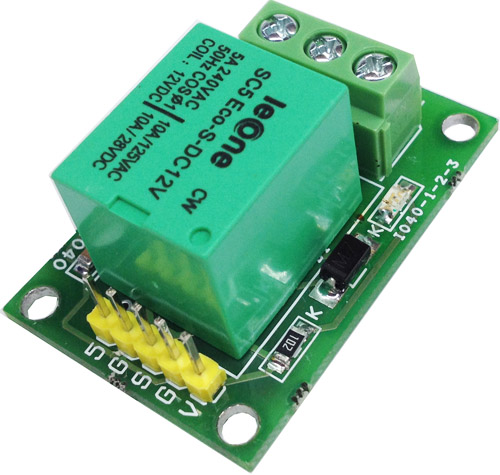





Is there anyway to DMA data from the K210 to the ESP32 (or vice versa) on the Maixduino ? If the K210 gets camera data then the ESP32 can accpet the data and send it across wifi, but whats the quickest way to send picture data to the ESP32 ?